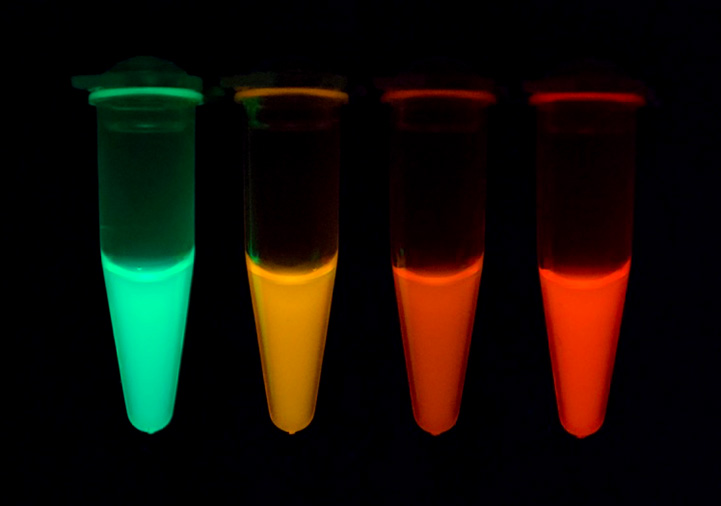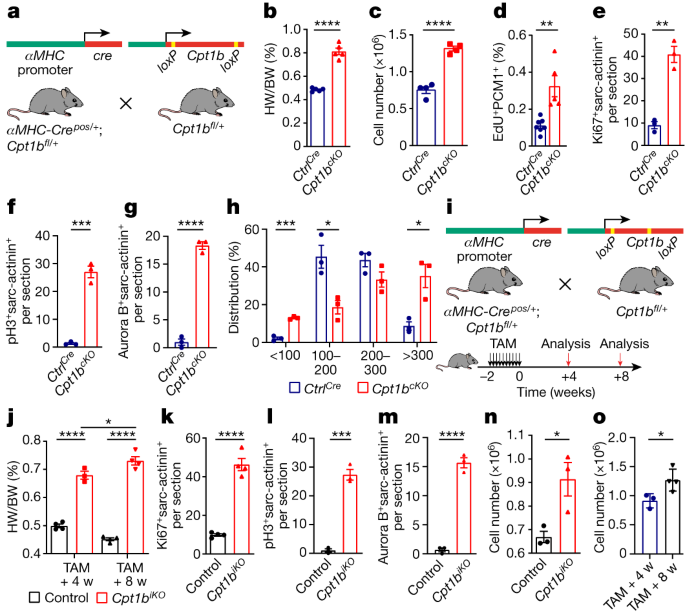2023-10-24 マックス・プランク研究所
◆このソリューションは、医師の診断の結集により診断精度を大幅に向上させ、特に緊急時の医療診断など、様々な分野で応用される可能性があります。研究者は、意思決定の標準化の問題を解決するために、知識工学の方法を使用しました。このアプローチは、医療の診断精度を向上させ、多くの人命を救う可能性があります。
<関連情報>
- https://www.mpg.de/20991718/1024-bild-collective-intelligence-can-help-reduce-medical-misdiagnoses-149835-x
- https://www.pnas.org/doi/10.1073/pnas.2221473120
- https://www.pnas.org/doi/full/10.1073/pnas.1601827113
オープンエンド医療診断におけるハイブリッド集合知の自動化 Automating hybrid collective intelligence in open-ended medical diagnostics
Ralf H. J. M. Kurvers, Andrea Giovanni Nuzzolese, Alessandro Russo, Gioele Barabucci, Stefan M. Herzog, and Vito Trianni
Proceedings of the National Academy of Sciences Published: August 14, 2023
DOI:https://doi.org/10.1073/pnas.2221473120

Significance
In the United States, an estimated 250,000 people die annually from preventable medical errors, many of which originate during the diagnostic process. A powerful approach to increase diagnostic accuracy is to combine the diagnoses of multiple diagnosticians. However, we lack methods to aggregate independent diagnoses in general medical diagnostics. Using knowledge engineering methods, we introduce a fully automated solution to this problem. We tested our solution on 1,333 medical cases, each of which was independently diagnosed by ten diagnosticians. Our solution substantially increases diagnostic accuracy: Single diagnosticians achieved 46% accuracy, pooling the decisions of ten diagnosticians increased this to 76%. These results demonstrate that collective intelligence can reduce diagnostic errors, promoting health services and trust in the global medical community.
Abstract
Collective intelligence has emerged as a powerful mechanism to boost decision accuracy across many domains, such as geopolitical forecasting, investment, and medical diagnostics. However, collective intelligence has been mostly applied to relatively simple decision tasks (e.g., binary classifications). Applications in more open-ended tasks with a much larger problem space, such as emergency management or general medical diagnostics, are largely lacking, due to the challenge of integrating unstandardized inputs from different crowd members. Here, we present a fully automated approach for harnessing collective intelligence in the domain of general medical diagnostics. Our approach leverages semantic knowledge graphs, natural language processing, and the SNOMED CT medical ontology to overcome a major hurdle to collective intelligence in open-ended medical diagnostics, namely to identify the intended diagnosis from unstructured text. We tested our method on 1,333 medical cases diagnosed on a medical crowdsourcing platform: The Human Diagnosis Project. Each case was independently rated by ten diagnosticians. Comparing the diagnostic accuracy of single diagnosticians with the collective diagnosis of differently sized groups, we find that our method substantially increases diagnostic accuracy: While single diagnosticians achieved 46% accuracy, pooling the decisions of ten diagnosticians increased this to 76%. Improvements occurred across medical specialties, chief complaints, and diagnosticians’ tenure levels. Our results show the life-saving potential of tapping into the collective intelligence of the global medical community to reduce diagnostic errors and increase patient safety.
独立した判断をプールすることで医療診断を強化する Boosting medical diagnostics by pooling independent judgments
Ralf H. J. M. Kurvers kurvers, Stefan M. Herzog, Ralph Hertwig, Jens Krause, Patricia A. Carney, Andy Bogart, Giuseppe Argenziano, Iris Zalaudek, and Max Wolf
Proceedings of the National Academy of Sciences Published:July 18, 2016
DOI:https://doi.org/10.1073/pnas.1601827113

Significance
Collective intelligence is considered to be one of the most promising approaches to improve decision making. However, up to now, little is known about the conditions underlying the emergence of collective intelligence in real-world contexts. Focusing on two key areas of medical diagnostics (breast and skin cancer detection), we here show that similarity in doctors’ accuracy is a key factor underlying the emergence of collective intelligence in these contexts. This result paves the way for innovative and more effective approaches to decision making in medical diagnostics and beyond, and to the scientific analyses of those approaches.
Abstract
Collective intelligence refers to the ability of groups to outperform individual decision makers when solving complex cognitive problems. Despite its potential to revolutionize decision making in a wide range of domains, including medical, economic, and political decision making, at present, little is known about the conditions underlying collective intelligence in real-world contexts. We here focus on two key areas of medical diagnostics, breast and skin cancer detection. Using a simulation study that draws on large real-world datasets, involving more than 140 doctors making more than 20,000 diagnoses, we investigate when combining the independent judgments of multiple doctors outperforms the best doctor in a group. We find that similarity in diagnostic accuracy is a key condition for collective intelligence: Aggregating the independent judgments of doctors outperforms the best doctor in a group whenever the diagnostic accuracy of doctors is relatively similar, but not when doctors’ diagnostic accuracy differs too much. This intriguingly simple result is highly robust and holds across different group sizes, performance levels of the best doctor, and collective intelligence rules. The enabling role of similarity, in turn, is explained by its systematic effects on the number of correct and incorrect decisions of the best doctor that are overruled by the collective. By identifying a key factor underlying collective intelligence in two important real-world contexts, our findings pave the way for innovative and more effective approaches to complex real-world decision making, and to the scientific analyses of those approaches.


